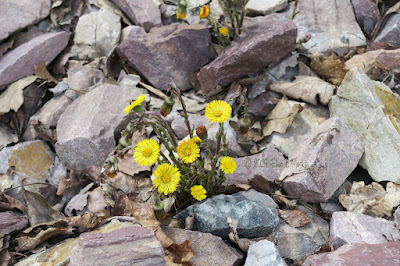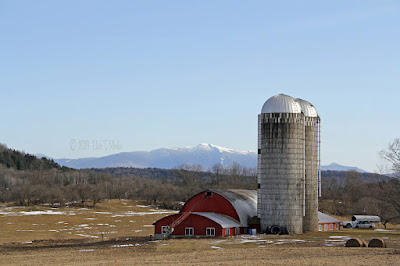also known as Puschkinia scilloides, or Lebanon squill, is a perennial bulb that originated in Asia Minor, Lebanon, and the Caucasus. A member of the Asparagaceae (asparagus family), this small relative of the hyacinth also blooms in spring.
THANKS FOR YOUR VISITS, FAVS AND COMMENTS. AS ALWAYS, APPRECIATED VERY MUCH!© ALL RIGHTS RESERVED BY ELISE T. MARKS. PLEASE DO NOT USE THIS IMAGE ON WEBSITES, BLOGS OR ANY OTHER MEDIA WITHOUT MY EXPLICIT WRITTEN PERMISSION.MY PHOTOGRAPHS ARE AVAILABLE FOR PURCHASE THROUGH ELISECREATIONS.NET
MY PHOTOGRAPHS ARE AVAILABLE FOR PURCHASE THROUGH ELISECREATIONS.NET


































































